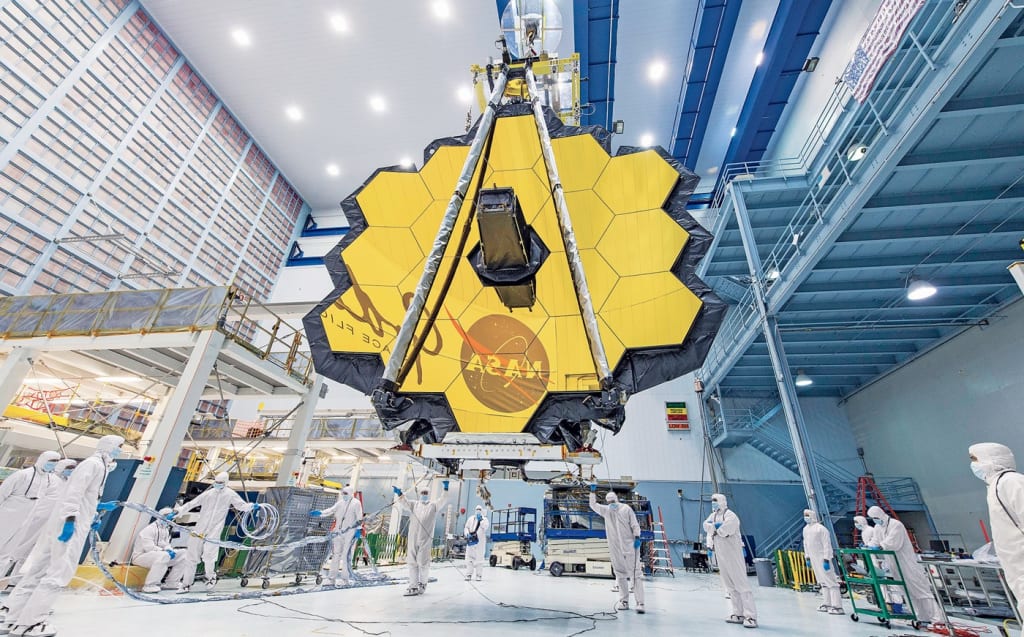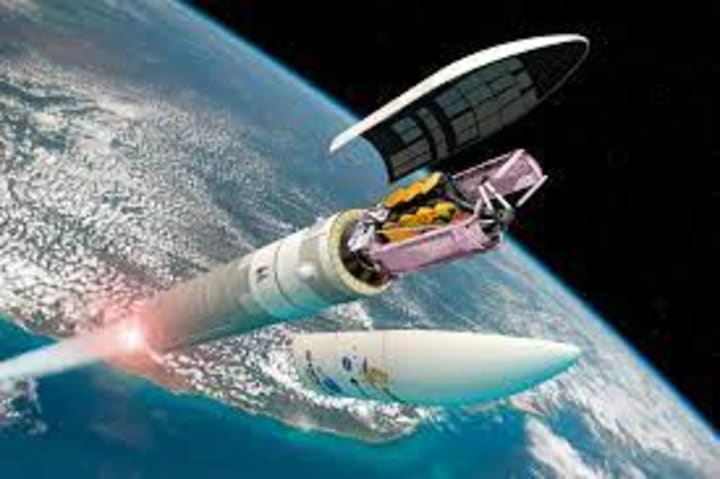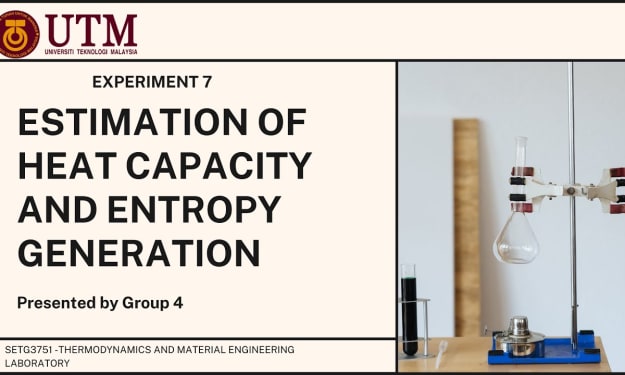Unveiling the Secrets: the James Webb Space Telescope
unveiling by NASA

On July 11, 2022, the National Aeronautics and Space Administration (NASA) unveiled the first images captured by the James Webb Space Telescope (JWST), marking a significant milestone in space exploration. Named after NASA's second director, the JWST is hailed as the most powerful space telescope in history, the culmination of a 26-year development process. The patient efforts and resources invested in the JWST by NASA scientists have been rewarded with breathtaking images of distant galaxies, challenging our understanding of the universe and opening up new frontiers of knowledge.
The initial achievement announced by the JWST was the capturing of light from the SMACS-0723 galaxy cluster, located 5.12 billion light-years away. This cluster, observed when the universe was just 600 million years old, offers valuable insights into the structure and formation of the early universe. The JWST's observations of approximately 700 galaxies have already revealed six candidates that could potentially revolutionize our understanding of cosmic formation, defying current models and leaving scientists perplexed.
Traditionally, the formation of galaxies has been believed to occur gradually over billions of years, with small stellar dust clouds coalescing to form larger structures. However, the discovery of galaxies approximately 13.5 billion years old, just 500 to 700 million years after the Big Bang, challenges this understanding. These young galaxies contain tens to hundreds of billions of stars, comparable in size to our own Milky Way galaxy, contradicting 99% of representative models for early galaxies.
The JWST's observations have also shed light on the presence of complex organic molecules in the early universe. A cloud of organic molecules was discovered within the SPT-0418-47 galaxy, located 12.3 billion light-years away. These organic molecules, primarily aromatic polycyclic hydrocarbons (PAHs), play a significant role in star formation on Earth and may have influenced the timing and location of star development in the early universe. The existence of these complex organic molecules challenges existing cosmological models and provides new insights into the chemical interactions of the primordial universe.
The JWST's findings have prompted scientists to reevaluate our understanding of star and galaxy formation. The process of star and galaxy formation has long remained a mystery, and the JWST's observations offer tantalizing clues and possibilities. The discovery of ancient galaxies with immense stellar populations suggests that star formation may have occurred at a much faster rate than previously thought. It raises questions about the role of dark energy, the rate of cosmic expansion, and the mysteries of matter and energy that we are yet to comprehend fully.
While the JWST's observations have already revolutionized our understanding of the universe, further studies and observations are required to confirm and expand upon these groundbreaking findings. Scientists are planning to gather spectroscopic images to gather more accurate information about the age and composition of the newly discovered galaxies. Additionally, the establishment of the Joint Dark Energy Mission (JADEM) by NASA and the U.S. Department of Energy aims to study dark energy and its relation to galaxy formation, providing further insights into these cosmic phenomena.
As we embark on this journey of discovery with the James Webb Space Telescope, our understanding of the cosmos and our place within it is forever transformed. The remarkable images and data captured by the JWST propel us forward, challenging existing theories, and unveiling the mysteries of the universe. With each new revelation, we take a significant step toward unraveling the secrets of our cosmic origins and unlocking the profound wonders that await us in the depths of space
The discoveries made by the James Webb Space Telescope have sparked excitement and wonder among scientists and astronomy enthusiasts alike. With each new revelation, our understanding of the universe expands, and we are compelled to question our existing theories and models. The JWST's ability to capture images of galaxies billions of light-years away, as well as detect complex organic molecules in the early universe, opens up a realm of possibilities and fuels our curiosity about the origins and evolution of cosmic phenomena. As we continue to explore the cosmos with this groundbreaking telescope, we anticipate even more astonishing discoveries that will reshape our understanding of the universe and our place within it.

About the Creator
Enjoyed the story? Support the Creator.
Subscribe for free to receive all their stories in your feed. You could also pledge your support or give them a one-off tip, letting them know you appreciate their work.





Comments
There are no comments for this story
Be the first to respond and start the conversation.